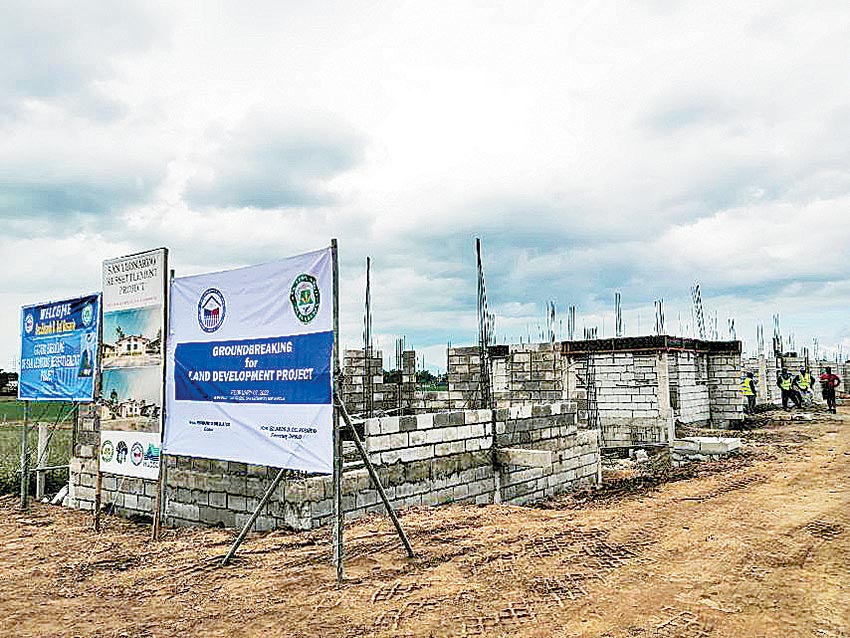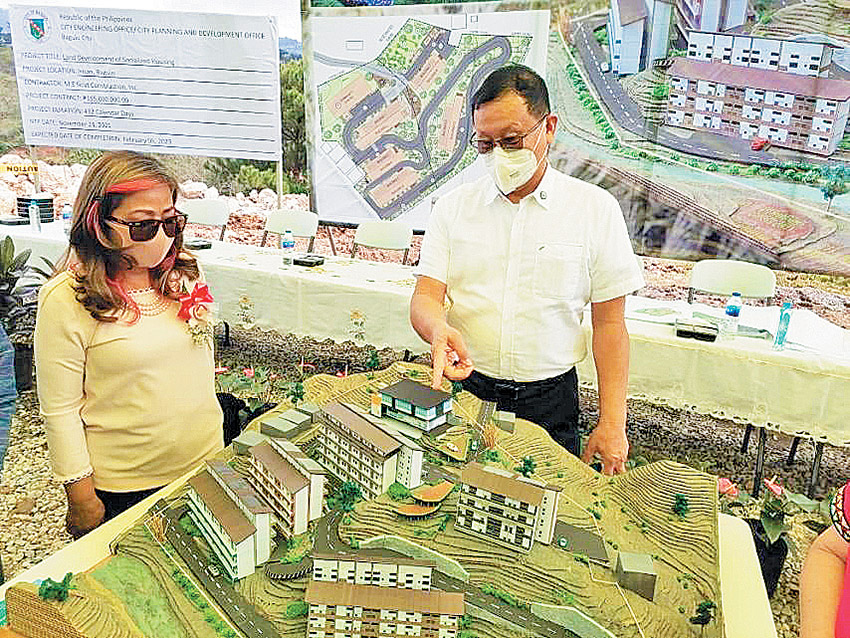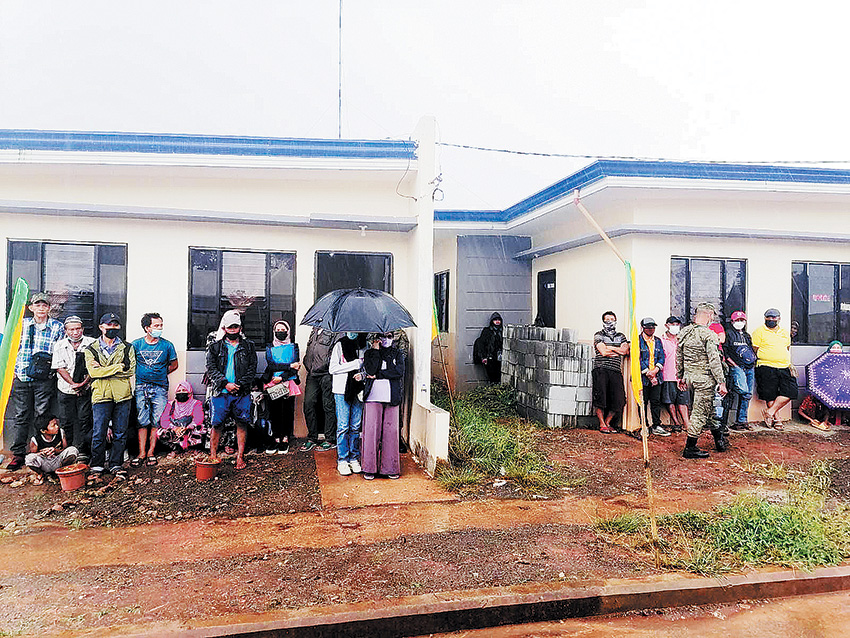The Philippine housing industry is expected to grow this year as developers are seen to continue addressing the backlog that built up during the pandemic, according to the Subdivision and Housing Developers Association (SHDA).
May Rodriguez, national president of the SHDA, said many developers were able to recover, but not yet to pre-pandemic levels, and that they are more hopeful that “we will further move forward and develop” in the future.
“In 2020, all private developers experienced a downward trend. Sales were not as good, and collections were a challenge. We understand some of our buyers lost their jobs or shifted their priorities,” Rodriguez said at a press briefing last Feb. 16 during the third anniversary celebration of the Department of Human Settlements and Urban Developments (DHSUD).

“Private developers were able to accomplish 50 to 70% of what they were doing pre-pandemic, and I think the outlook is that it will continue to improve in 2022,” Rodriguez added.
According to the Housing and Urban Development Coordinating Council (HUDCC), the country’s estimated total housing backlog is 5.7 million for 2011-2016. It emphasized that there is a need to build 2,602 homes per day in the next six years.
Incentives for ‘rental housing’ pushed
Angelito Aguila, officer-in-charge director for Real Estate Development and Regulation Bureau of the DHSUD, said the government is eyeing to grant incentives to a new housing scheme that would make home ownership accessible while addressing the backlog.
Aguila cited that there have been talks with the Board of Investments (BoI) to include rental housing in the Strategic Investment Priorities Plan entitling developers to incentives.

He said that the government can also allow rental housing as compliance by developers to a regulation mandating them to allocate a portion of their project portfolio to socialized housing.
Rental housing is being considered as an option, Aguila noted, for those who cannot afford homeownership right away, adding that they will form part of the country’s 20-year housing roadmap.
He pointed out that government land should be accessible and utilizable to increase their housing production in the country. “One way of making land available for housing is to unlock idle government land.”
“We hear developers saying there is not enough land. The government has plenty of idle and readily available land,” Aguila said.
“We can utilize these to increase housing production for the informal sectors and even for the private sector or in partnership.”

Instead of penalizing developers, the DHSUD official said the government can grant grace periods.
“We have to come up with other modes of secured housing. We can grant usufruct for housing for those who are not yet ready for homeownership in terms of affordability and preference…by providing temporary rental housing,” Aguila added.
Rental housing is thriving
Rodriguez, meanwhile, said that the rental housing is “thriving” and that the private sector could undertake this scheme in partnership with local government units (LGUs). “LGUs’ idle lands can be used to develop housing for rent to government employees or informal settlers.”
“There is a market for rental properties, especially from the working population and even students who live in the province,” Rodriguez said.
She emphasized that the government should educate its buyers that there are affordable loans available for them.
“We should educate our buyers and tell them that Pag-IBIG loans are affordable. That’s why we encourage those in their prime years to not cower in fear, because these requirements in loans are more lenient and more accessible,” she said.
